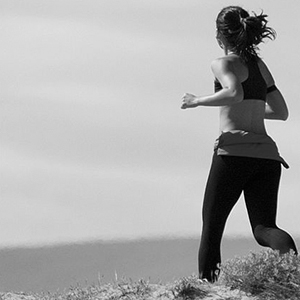Factors associated with physical activity among COPD patients with mild or moderate airflow obstruction

All claims expressed in this article are solely those of the authors and do not necessarily represent those of their affiliated organizations, or those of the publisher, the editors and the reviewers. Any product that may be evaluated in this article or claim that may be made by its manufacturer is not guaranteed or endorsed by the publisher.
Authors
Physical inactivity is already present among patients with chronic obstructive pulmonary disease (COPD) of mild or moderate airflow obstruction. Most previous studies that reported on determinants of physical activity in COPD included patients with severe COPD. Therefore, the aim of this study was to explore which patient characteristics were related with physical activity in COPD patients with mild or moderate airflow obstruction. Cross-sectional analyses were performed on patients selected from the population-based Netherlands Epidemiology of Obesity study. Patients were included if they had a physician-diagnosed COPD GOLD 0-2 or had newly diagnosed COPD GOLD 1-2. Physical activity was evaluated using the Short Questionnaire to Assess Health-Enhancing Physical Activity (SQUASH) questionnaire and reported in hours per week of metabolic equivalents (MET-h/week). Associations between sociodemographic, lifestyle, clinical and functional characteristics were examined using regression analysis. 323 patients were included in research (77 with physician-diagnosed and 246 with newly diagnosed COPD). We found that physical activity was positively associated with pulmonary function: FEV1 (regression coefficient 0.40 (95% CI 0.09,0.71)) and FVC (regression coefficient 0.34 (95% CI 0.06,0.61)). Physical activity was associated with anxiety (regression coefficient =0.9 (95% CI 0.3,1.6)) only for physician-diagnosed patients. Lung function and anxiety level determine level of physical activity among COPD patients with mild or moderate airflow obstruction. Thus, integrating it into the physical activity plans could help to increase physical activity level of the patients.
Supporting Agencies
Leiden University Medical Center, National Pirogov Memorial Medical University, Vinnytsya, University Hospital Essen, Ruhrlandklinik, University Duisburg-EssenDepartment of Pulmonology, Leiden University Medical Center, Leiden, The Netherlands
How to Cite

This work is licensed under a Creative Commons Attribution-NonCommercial 4.0 International License.






